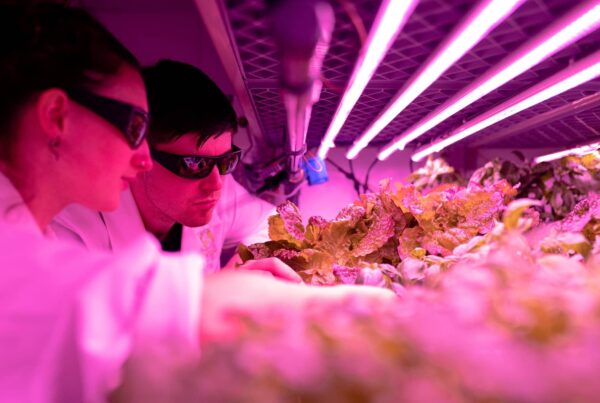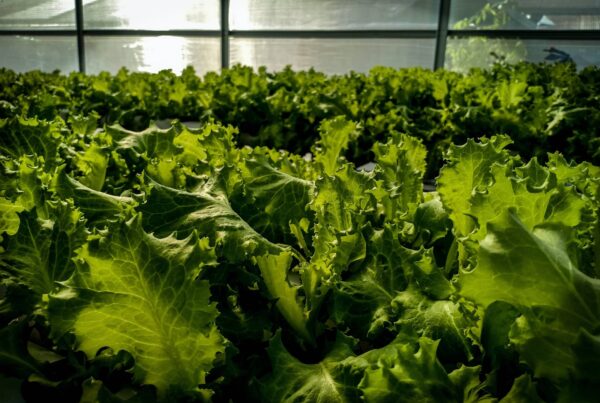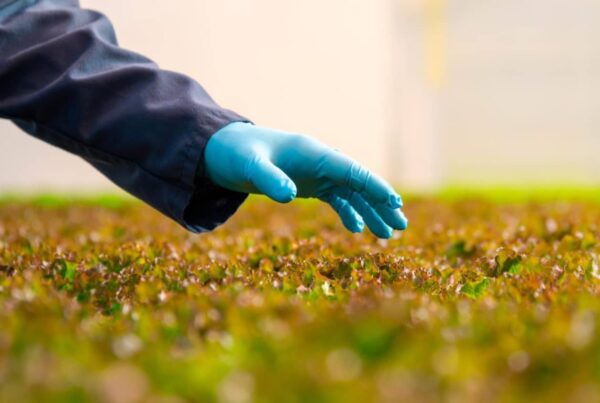As regulations on cannabis cultivation facilities come into shape, municipalities will continue to further investigate power, water, and nutrient use in the industry. Working with experienced engineers and consultants, sourcing the optimal equipment, and scrutinizing all essential inputs will ensure the most efficient cannabis production facility as possible. Many operation managers and municipalities have not yet considered the regulations controlling water usage and wastewater discharge. These regulations would impact cannabis producers dramatically and may even put some out of business due to higher operating costs and competition.
As the industry evolves, certain water regulations put in place could jeopardize an existing operation’s legality. As drought-stricken states like California, Nevada, and Arizona develop regulations on cannabis cultivation operations, water volume usage and discharge will be something municipalities in those states will closely consider, if they haven’t already.
The two main water regulations on cannabis cultivation facilities concern volume usage limitations and wastewater quality regulations. If a facility is regulated on water quality that can be discharged into the sewer, the agricultural runoff water must be processed with a variety of methods. These methods include:
- Filtration and recycling
- Off-site shipping
- On-site evaporation
- Evaporation ponds
- Dilution, and/or
- Processing through artificial wetlands
If a municipality regulates a facility’s daily water volume usage, that facility must pursue one of the following:
- Cut back on planned or operational plant production
- Install a recirculating hydroponic system
- Filter and reclaim runoff water for irrigation, or
- Do all three
The potential regulations create an incentive for many cannabis producers to seek ways to create a facility with “Zero Liquid Discharge,” however there are many associated challenges with building these types of systems.
Moving toward Zero Liquid Discharge means moving away from the traditional horticultural method of relying on “drain to waste” systems. The runoff from a drain to waste system is sent literally down the drain into the sewer system, which is of main concern for regulators. A closed loop system is possible, however, input costs would be extremely high compared to a traditional efficient drain to waste system. A system that can recycle all runoff water on a large scale must be extremely specialized and the facility must be engineered around this concept. Closed loop systems require constant water testing and at some point require some sort of wastewater discharge, which then may also need to be processed further.
As an alternative, processing run-off water on-site for recycling and volume reduction is used by a variety of industrial facilities. Using reverse osmosis to filter wastewater is the least energy intensive and most economically sustainable way to remove dissolved solids from runoff water, however, this application produces concentrated wastewater that must be trucked off-site or evaporated.
Yet another option is a wastewater evaporator, which is extremely energy intensive and will produce waste in the form of sludge/solid that must still be trucked off-site.
Integrating reverse osmosis and distillation/evaporation is the most economical way to truly achieve Zero Liquid Discharge, however, it is still extremely expensive. These systems are most efficient when treating large volumes of water, which makes them the most suitable option for extremely large commercial/industrial operations. This means that most facilities need to take the approach of saving water by altering their growing methods to use as little water as possible, and then minimizing the volume to be shipped offsite for treatment.
While the above methods are all industrial solutions to treating agricultural runoff water, there are a few biological solutions as well. The main contaminants in the runoff water must be analyzed and in many cases, this water source can be treated with artificial wetlands. In an artificial wetland, water with dissolved nutrients enters into the system and a variety of bacteria, plants, and other organisms convert the nitrogen-based fertilizers into actual biomass. This is a great solution for any facility that has proper permits and land to do this. The problem is that these types of systems do not work in an industrial area where there isn’t land area available.
What is the answer for facilities dealing with water volume usage limitations?
Many facilities dealing with daily limits on water volume usage filter runoff water (including nutrient runoff and condensate produced by any climate control equipment) to reuse for irrigation. These facilities typically use reverse osmosis to purify nutrient runoff water prior to irrigation. Condensate runoff does not need to be treated with reverse osmosis, and can be reclaimed using alternative treatment methods.
What about drain water discharge regulations?
Facilities dealing with concentrated water discharge regulations usually must truck all nutrient runoff water off-site. Many operations pay for this water to be taken away by the gallon. However, one way to minimize the liquid discharge of the facility is to use reverse osmosis to further concentrate the contaminants in the wastewater streams so that there is a smaller volume of wastewater that needs to be disposed of less frequently.
Conclusion:
While regulations will make life difficult for cannabis cultivation facilities, we need to understand why these are being put into effect. Freshwater is a precious resource and must be conserved. High levels of nutrients being discharged into the environment have dramatic negative impacts, which can be seen from industrial agricultural practices. Wastewater treatment plants may have difficulty treating the high volume of nutrient-rich water from these hydroponic facilities and regulation must take this into account to maintain proper infrastructure.
Whether your cannabis cultivation facility is operational or a new build, asking your municipality about current or impending water regulations will become crucial to maintaining a sustainable and competitive operation. Not dealing with water regulations yet? They are likely to come – especially if you’re in an area where water is a scarce resource. Consider your options wisely.






